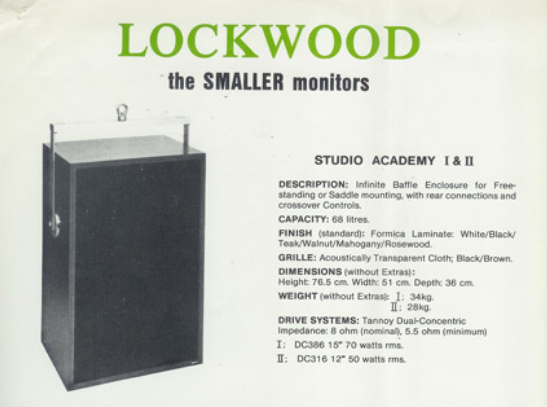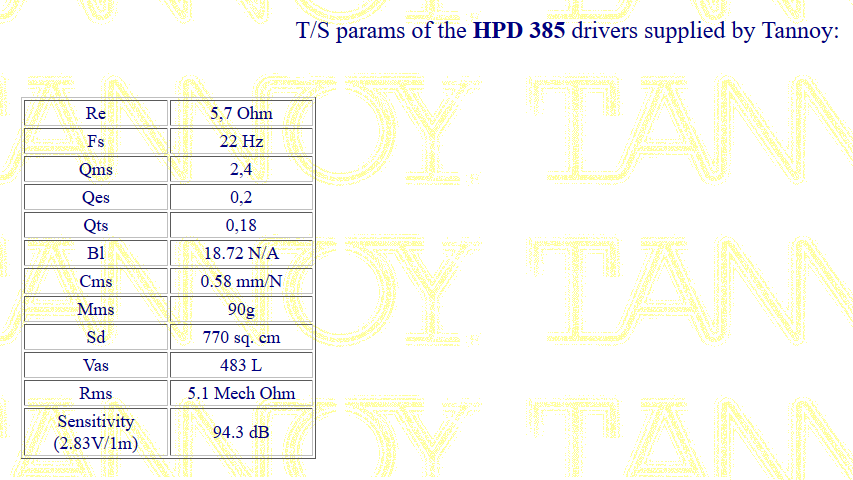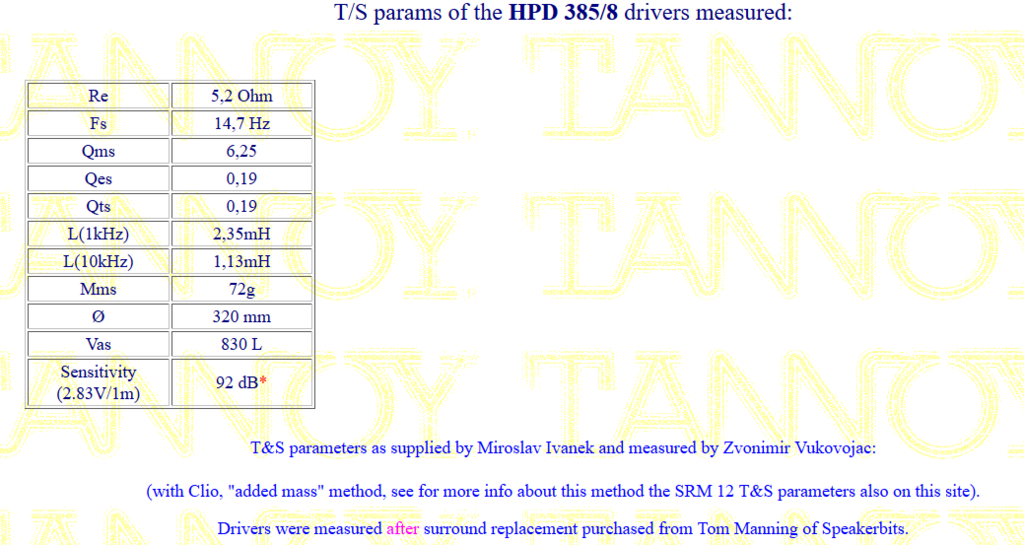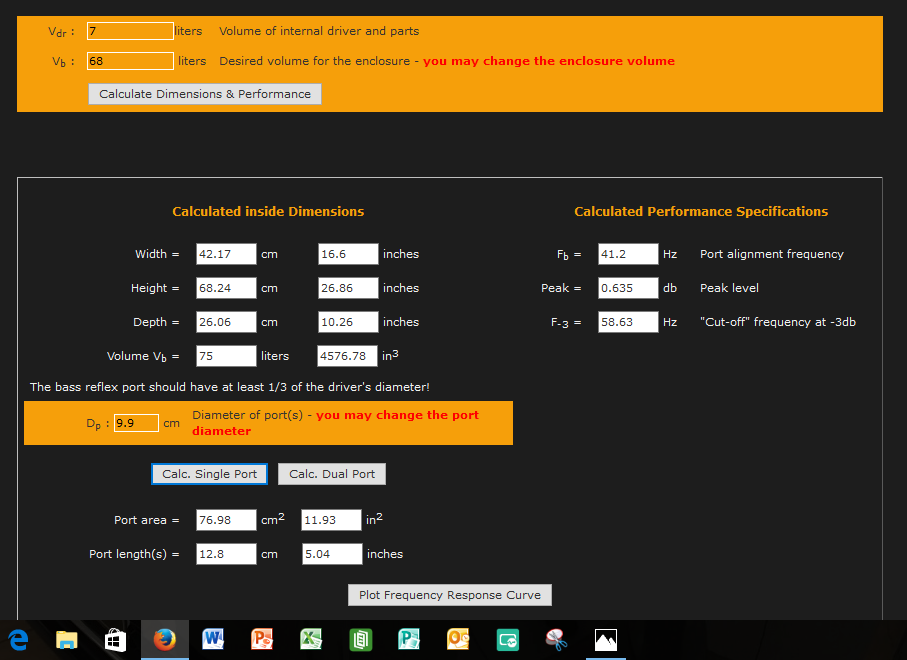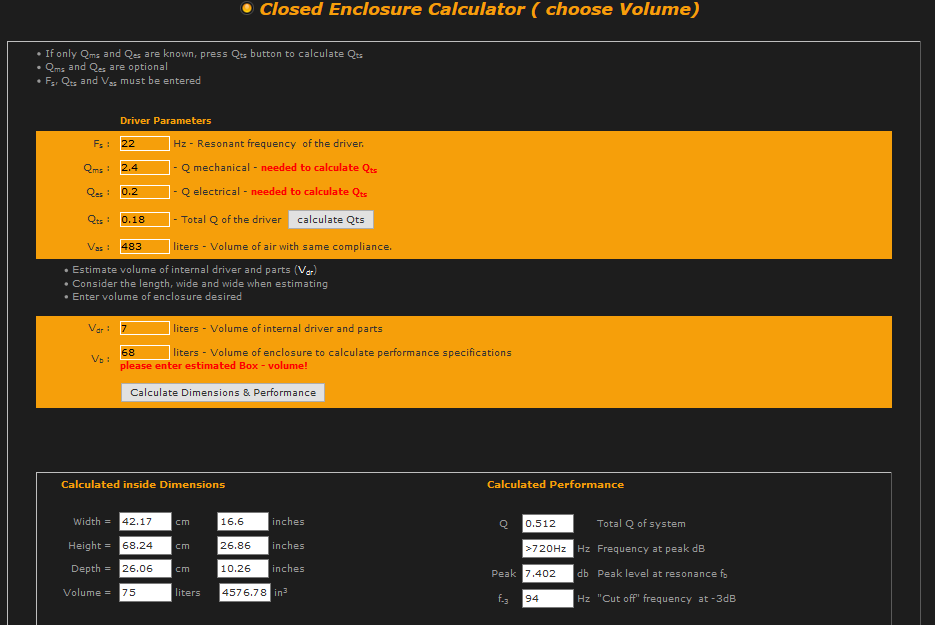Just typed a whole load of stuff in here then accidentally deleted it - raging
Anyway, quick recap and update for those that are interested.
In many ways these speakers have been a mixed blessing, a bit like Turkish Delight, full of (eastern) promise but not very palatable at times.
They have worked best at low volumes where the bass has been in best proportion to the mids and treble but with rising volume bass output didn't seem to keep up. Took me a long time to work out that it wasn't necessarily bass *weight* but more importantly dynamism. I found myself sticking with the richer recordings in my collection but I was missing a lot of good, not so well recorded, stuff.
Other things that were bugging me were centred around amplification. When guys who's opinions I thoroughly respect like Geoff (Walpurgis) who have a lifetime's experience of Tannoys were recommending solid state amps and working with 20watt SS amps themselves how come every SS amp I tried sounded dead as a door nail and 25watters like the Firstwatt M2 were totally under-powered? And why was my Primaluna with it's low damping factor the only amp to bring these speakers to life when guys like Paul at RFC were saying that HPDs need an amp with a high DF? I've tried some SERIOUS amps with these and the Primaluna trounced them which made NO sense at all, Luxman 590AX, Albarry etc. Last straw was last weekend when I tried a Naim Supernait 2 which is also known to be no slouch but again no magic
The virtually unique thing about this incarnation of big Tannoys is that they are a sealed design and hence heavily acoustically damped. The only other unported ones that I know of are the equally rare Tannoy Mansfield. The Lockwoods are also heavily lined inside with wool sheets about 2" thick adding to the effect. In a moment of inspiration I took the mounting screws out of one side of the crossover panel and pushed it inside the box, creating an opening of about 5/8" x 3" in the rear of each speaker and pressed play
[IMG][/IMG]
1. Seemingly increased volume (higher sensitivity?) but subsequently checking using a db checker on my phone showed peak levels the same at a given position on the volume position for sealed and open cabsI'm certainly listening with the volume control in a considerably lower position now.
2. Increased bass weight and POWER.
3. Improved sound stage width and depth. Also imaging has taken on a new level of in-the-roomness for vocals and particularly instruments.
4. Richer, more natural tonality overall along with an ease in the presentation that's hard to put into words.
5. Improved resolution and detail. Breaths and movement of performers are suddenly noticable.
6. Once CDs go on now they play to the end
7. The amp is now sounding how you would expect it to, full and fruity, particularly in the bass and I can't help thinking SS is the way to go.
The whole thing just seems to breathe now in a way it never has.
So, how do you calculate an optimum bass port diameter, length and position?






 Reply With Quote
Reply With Quote Originally Posted by walpurgis
Originally Posted by walpurgis

